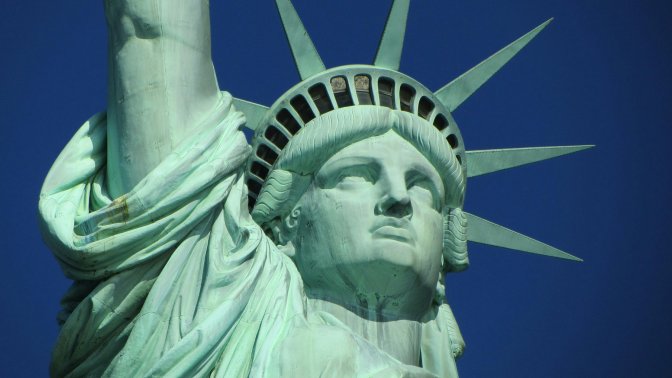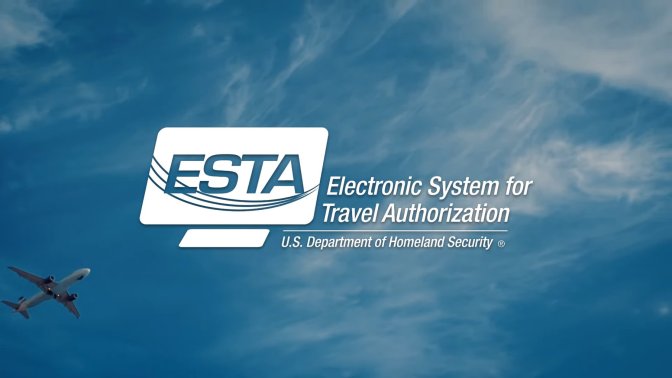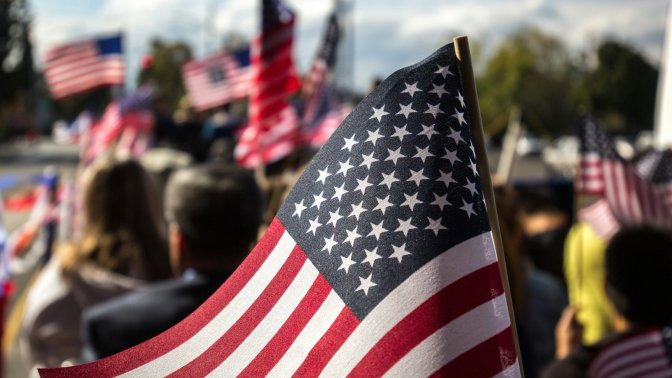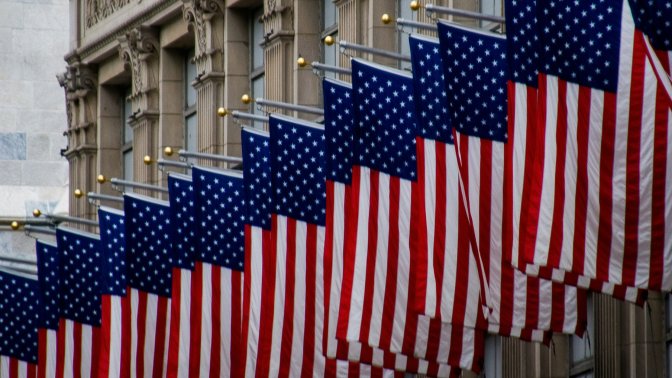Applying for a U.S. visa can be stressful, and one of the biggest concerns for applicants is how long the process will take. US visa processing times vary widely depending on the type of visa, where you apply, and whether additional steps are needed. Understanding the typical timelines can help you plan better and avoid last-minute surprises.
What are US visa processing times?
US visa processing times refer to the period it takes from submitting your application to receiving a decision. This can include multiple steps: petition approval (for certain visas), National Visa Center (NVC) processing, consular interview scheduling, and visa issuance. Delays may occur if your application requires further checks, commonly called “administrative processing.”
US visa processing times by category
While each US visa application is unique, here are common timelines applicants can expect:
Visa type | Average US visa processing time | Key notes |
A few days to a few weeks after the interview | The main delay is often waiting for the interview itself. | |
Student (F-1, J-1, M-1) | Several weeks | Apply early to avoid missing school start dates. |
Work visas (H-1B, L-1, O-1) | 2–6 months for petition approval, plus consular steps | Premium processing (15 days) is available for some petitions. |
Family-based immigrant visas | 12–18 months | Includes USCIS, NVC, and consular processing. |
Employment-based immigrant visas | 12–24 months | Backlogs may add time, depending on visa category. |
Cases under administrative processing | Weeks to over 6 months | Required for additional security reviews. |

Factors that affect USA visa processing times
Several factors influence how long a USA visa application will take:
Visa type: Tourist visas, student visas, work visas, and immigrant visas all follow different steps.
Consulate workload: Some U.S. embassies and consulates handle more applications, leading to longer wait times.
Seasonal demand: Times peak before major U.S. academic semesters or holiday travel seasons.
Completeness of your application: Missing or incorrect documents cause delays.
Security checks: If extra background reviews are required, the process can extend for months.
External events: Staffing shortages, policy changes, or global events such as the pandemic may slow operations.
USCIS processing times tool & more
You can check your US visa processing time and other key details by:
USCIS petitions: Use the USCIS Processing Times Tool to see how long your petition type takes.
Visa interviews: The U.S. State Department Wait Times page shows appointment wait times for each U.S. embassy or consulate.
Visa status updates: Applicants can track their case through the CEAC status check.
Checking these official sources regularly ensures you have the latest information.
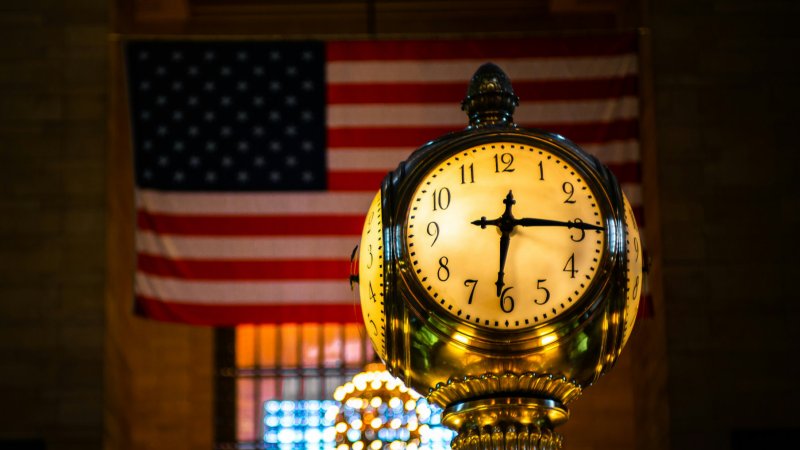
US visa processing times are never fixed, and applicants should plan for delays. Nonimmigrant visas such as tourist or student visas may be issued within weeks, while immigrant visas often take a year or longer. Factors like consular workload, background checks, and seasonal demand can extend timelines. By applying early, staying organized, and checking official resources, you can navigate the process more smoothly and reduce uncertainty.


